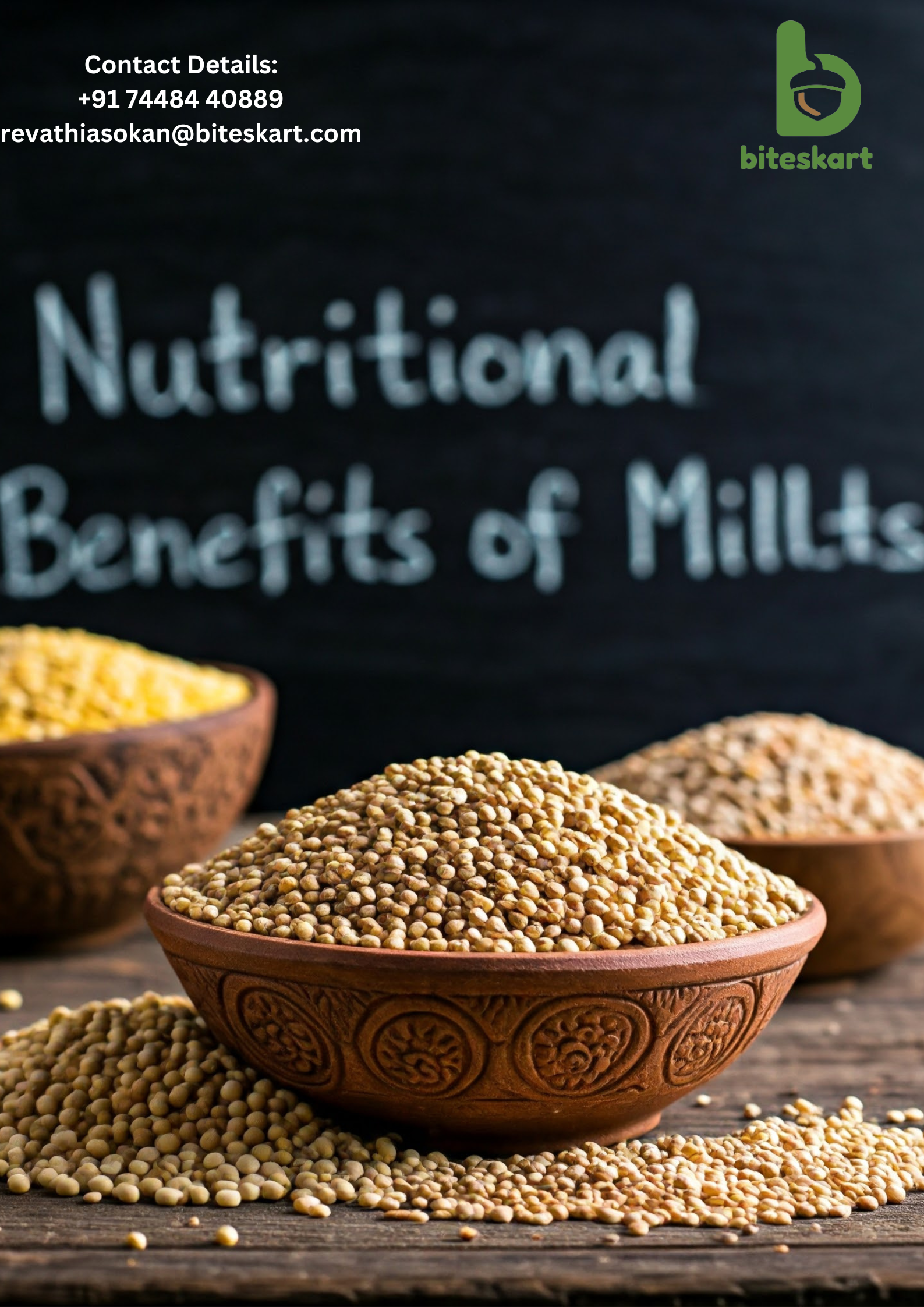Subtotal: ₹875.00
For millennia, ancient grains such as quinoa, amaranth, millet, spelt, and teff have been integral to diets around the world. These grains were once the foundation of agriculture in many regions, known for their resilience, nutritional value, and ability to thrive in diverse environments. However, as global agricultural practices evolved, these ancient crops fell out of favor. Today, we must ask: Are ancient grains disappearing?
In this blog, we’ll explore the factors that have led to the decline of ancient grains, why they are worth saving, and how their revival could reshape our food systems for the better.
Why Ancient Grains Are at Risk
Ancient grains are facing numerous challenges, some of which threaten their very existence in the modern agricultural landscape. Here are the key reasons why these grains are at risk:
Monoculture Farming Practices
Modern agriculture favors a small number of high-yield crops like rice, wheat, and corn, which are easier to mass-produce and export. In contrast, ancient grains often require more specialized farming practices and are less suited for large-scale industrial agriculture. This shift to monocultures has resulted in the sidelining of these ancient grains, both in fields and markets.
Economic Pressures
Growing ancient grains often involves more labor-intensive processes compared to conventional crops. Additionally, the market for these grains has been relatively small, leading to limited economic incentive for farmers to grow them. Without widespread demand, many farmers turn to more profitable, mainstream crops.
Consumer Preferences
For decades, consumers have increasingly preferred refined grains, such as white rice and bread, which are seen as more convenient and familiar. This has led to a lack of awareness around the health benefits of ancient grains and their potential role in a balanced diet.
Loss of Agricultural Knowledge
The cultivation of ancient grains has been passed down through generations. However, with the rise of industrial farming, much of the knowledge surrounding the cultivation, harvesting, and cooking of these grains has been lost. This knowledge gap contributes to the decline of these crops, as modern farming techniques don’t always prioritize their preservation.
Why Ancient Grains Matter
Despite the challenges, ancient grains are making a comeback — and rightfully so. These grains offer numerous benefits that make them more relevant than ever in today’s food landscape:
Nutritional Value
Ancient grains are packed with essential nutrients like protein, fiber, vitamins, and minerals. For example, quinoa is a complete protein, containing all nine essential amino acids. Amaranth is rich in iron and calcium, while millet provides significant amounts of magnesium. These grains provide a healthier, more sustainable alternative to refined grains.
Sustainability
Many ancient grains are naturally drought-resistant and thrive in poor soil conditions, making them far more sustainable than conventional crops that require large amounts of water and chemical inputs. In the face of climate change and decreasing water resources, ancient grains could play a crucial role in developing more resilient agricultural systems.
Cultural Significance
Ancient grains are part of the culinary heritage of many cultures. They are linked to traditional diets and farming practices that have supported communities for generations. Preserving these grains is not only about maintaining biodiversity but also about honoring the cultural histories and practices associated with them.
Biodiversity
By supporting the cultivation of a variety of grains, we help maintain biodiversity within our food systems. The diversification of crops can help prevent soil depletion, reduce the spread of pests, and create more resilient farming ecosystems.
The Revival of Ancient Grains
While challenges persist, there is growing momentum to bring ancient grains back into the mainstream. Here are some efforts that are helping to revive these important crops:
Rising Consumer Demand
As more people embrace healthy eating and seek out alternatives to gluten and refined grains, ancient grains are seeing a resurgence in popularity. Products made with quinoa, millet, and amaranth are now more widely available in grocery stores, and restaurants are incorporating these grains into their menus.
Sustainability Initiatives
As sustainability becomes a central issue in agriculture, many farmers and researchers are turning to ancient grains as a solution to the environmental challenges facing modern farming. Their lower resource requirements and climate-resilient nature make them an appealing choice for sustainable agriculture.
Public Awareness Campaigns
Initiatives like the International Year of Millets have raised global awareness about the importance of these grains. Governments, NGOs, and food organizations are working together to promote ancient grains as part of a broader effort to preserve biodiversity and secure food systems for future generations.
Innovative Research
Researchers are working to adapt ancient grains to modern farming systems, making them easier to grow and process while maintaining their traditional qualities. This includes developing new varieties that are resistant to pests and diseases, making them more viable for contemporary agricultural practices.
How You Can Support the Revival of Ancient Grains
The revival of ancient grains is a collective effort that requires the support of farmers, consumers, and businesses. Here are a few ways you can get involved:
Incorporate Ancient Grains into Your Diet
Start by adding ancient grains to your meals. Whether in salads, soups, baked goods, or as a side dish, incorporating quinoa, amaranth, millet, and spelt into your diet is a simple way to support their resurgence.
Support Sustainable Farmers
Look for products made from ancient grains that are grown sustainably. Support local farmers who are cultivating these crops and help raise awareness about the environmental benefits of growing them.
Spread the Word
Educate your community about the benefits of ancient grains. Share articles, recipes, and resources with your friends and family to help increase awareness and demand.
Advocate for Policy Support
Advocate for policies that promote the cultivation and consumption of ancient grains. Support initiatives that encourage crop diversity and sustainable farming practices.
Conclusion: A Future Built on Ancient Grains
Ancient grains are far from disappearing — in fact, they are experiencing a much-needed revival. As we look towards the future, these grains offer a way to address many of the challenges facing our food systems, from improving nutrition and promoting sustainability to preserving cultural heritage and biodiversity.
By supporting the cultivation and consumption of ancient grains, we can help secure a healthier, more resilient future for our planet and its people. Join the movement today, and let’s ensure these ancient grains continue to nourish the world for generations to come.


